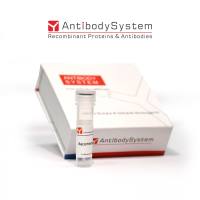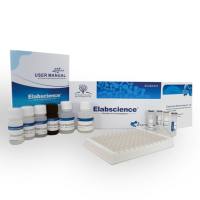Coating complexes with pHPMA
互联网
967
- DNA is dissolved in Hepes buffer (10 mM, pH 7.0) at a final concentration of 20 m g/ml.
- Cationic polymers are dissolved in pure water (2.5 mg/ml).
- An appropriate volume of cationic polymer solution is added at room temperature to DNA by rapid addition using a Gilson. This should be performed in a polystyrene container. The solution is mixed once by gentle inversion or shaking. IT SHOULD NOT BE VORTEXED. The solution is then left at room temperature for at least 30 mins. There should be no sign of precipitation. If precipitation is seen the procedure must be repeated, with less aggressive mixing. (Simple polyelectrolyte complexes are now ready for use).
- For polymer coating, reactive polymer (e.g. pHPMA-ONp) is dissolved in pure water (pH >6.5, 5 mg/ml) and added to complexes at a final concentration of 200 m g/ml (i.e. 40 m l/ml).
- The reaction is initiated by addition of 10% volume of Hepes buffer (pH 7.8, 0.5M), and mixed by gentle shaking (no vortexing) frequently. The mixture is then placed on ice. Reaction can be monitored by measuring disappearance of intact ester at 274 nm.
- Targeting agent (eg. transferrin) is added in water at desired concentration (eg. 10 � 1000 m g/ml) after 1 h (for ONp esters; for NHS esters we are still determining optimum time). The solution is gently mixed and placed at 4?C overnight.
- After 12-16h the reaction is finished by addition of aminoethanol (stock solution is prepared by diluting 2 m l aminoethanol to 1 ml in water, and then adding 2 m l to each ml of complexes; this gives a final aminoethanol concentration of 0.0004% vol/vol).
- Excess hydrophilic polymer or conjugates not containing DNA can be removed by dialysis using a high molecular weight cut-off membrane or by membrane filtration (eg. Ultrafree MC filters, 300 kDa cut off, Sigma Chemical Co., Poole, U.K)









